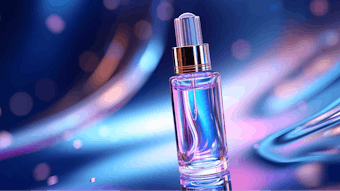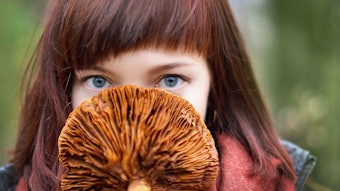All microorganisms need sufficient water and nutrients to grow. The concept of controlling water activity to prevent this growth is as old as time, and the practice of using water activity to prevent spoilage began with honey. Honey would appear to be the ideal growth medium for microorganisms—it contains water and sugar—but it is in fact an excellent example of a self-preservating product because the sugar ties up the water molecules, making the water unavailable for microorganism growth. This is a simple example of the very important difference between water content and available water, alsoknown as water activity. Water activity is written as aw and is defined as the ratio of the water vapor pressure of the product compared to pure water at the same temperature, where P is the vapor pressure of the product, Po is the vapor pressure of pure water, n1 is the number of moles of solute, and n2 is the number of moles of water:
aw = P/Po = (n2/(n1 + n2)) Eq. 1
Pure water has an activity of 1.00 while something considered “bone dry” is 0.00. It is numerically equivalent to 1/100 of the relative humidity (RH) generated by the product in a closed system. RH can be calculated from the direct measurements of partial vapor pressure or dew point, or indirect measurements by sensors that are altered by being exposed to RH. Thus, the relationship between water activity and the equilibrium relative humidity (ERH) is:
ERH (100%) = aw x 100 Eq. 2
Although it is possible to calculate water activity, measurements are significantly more accurate when taken instrumentally. The food industry has used water activity for many years to determine the need for preservatives.
This article is an excerpt from David Steinberg’s new book, Preservatives for Cosmetics, Second Edition, published by Allured Publishing Corporation. For more information about this resource, visit our online bookstore at www.CosmeticsandToiletries.com/bookstore.










